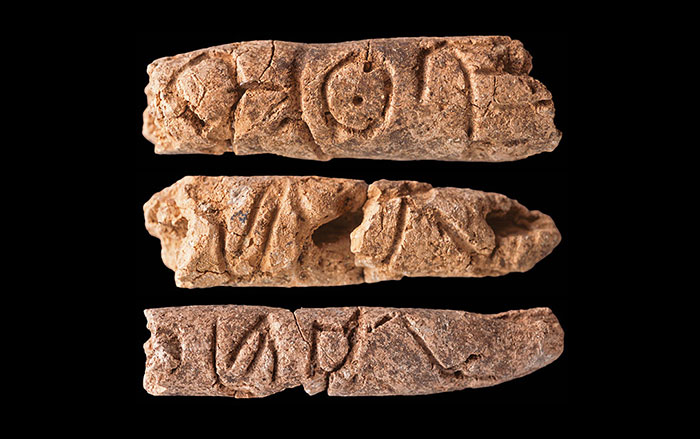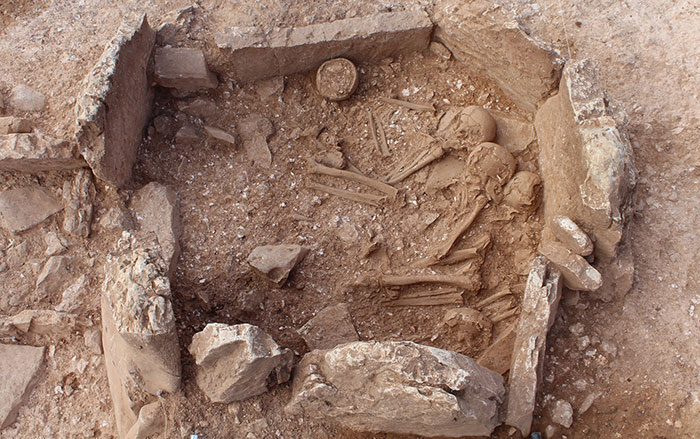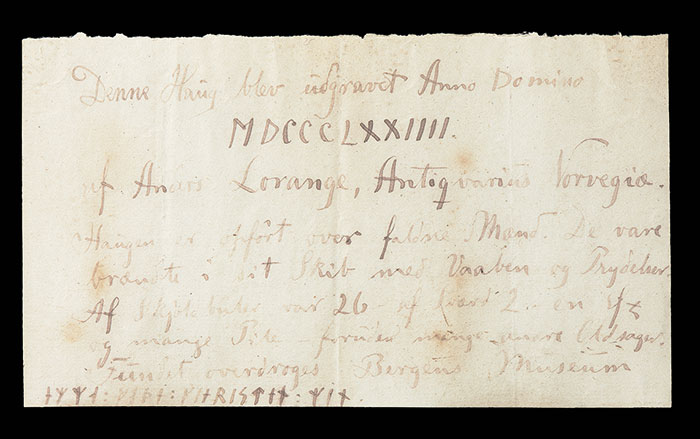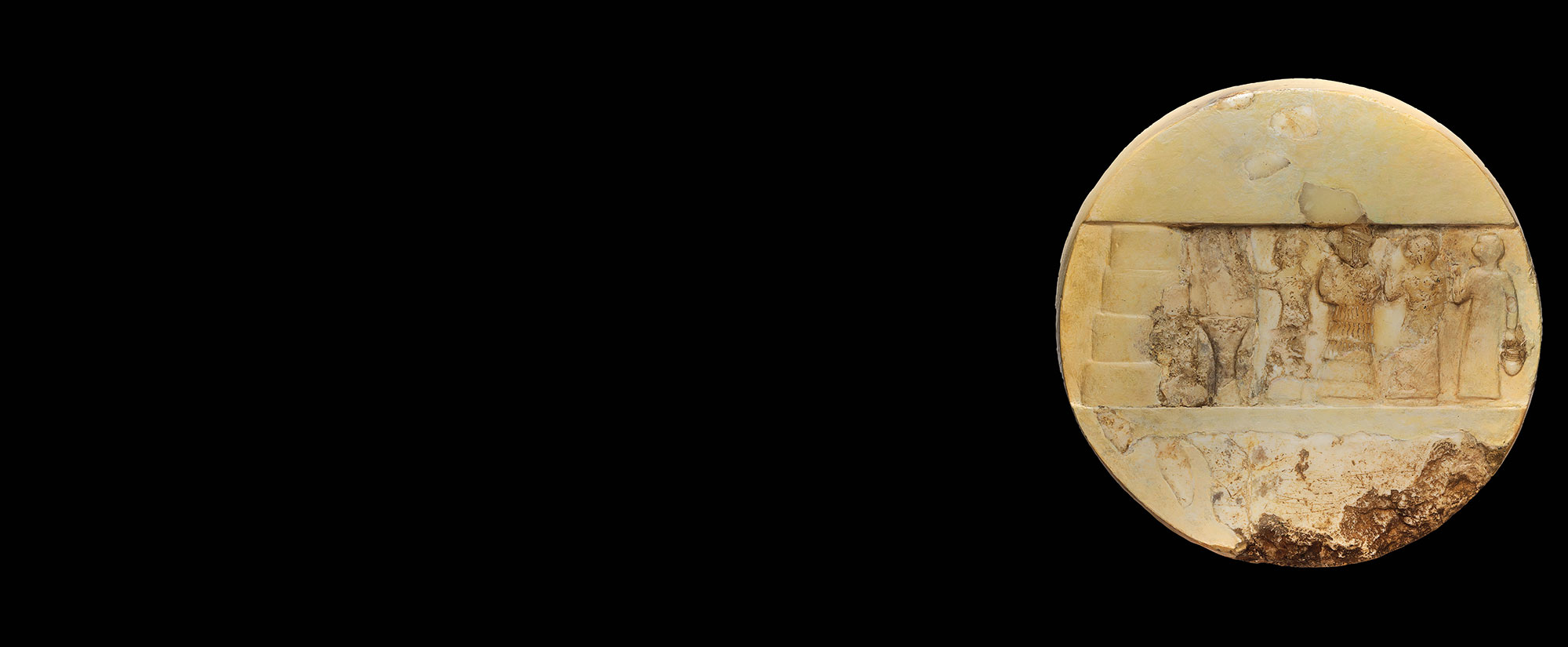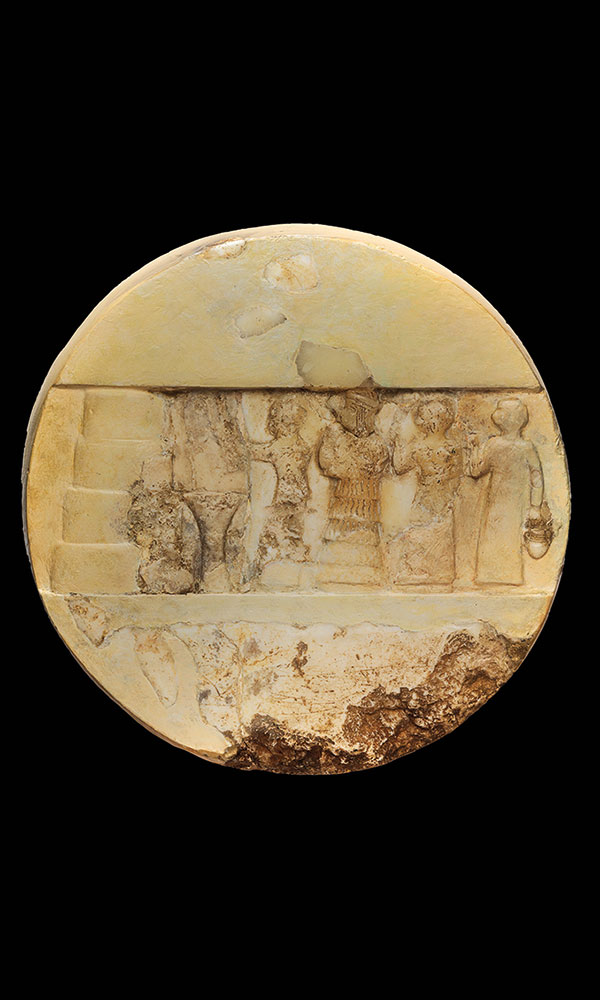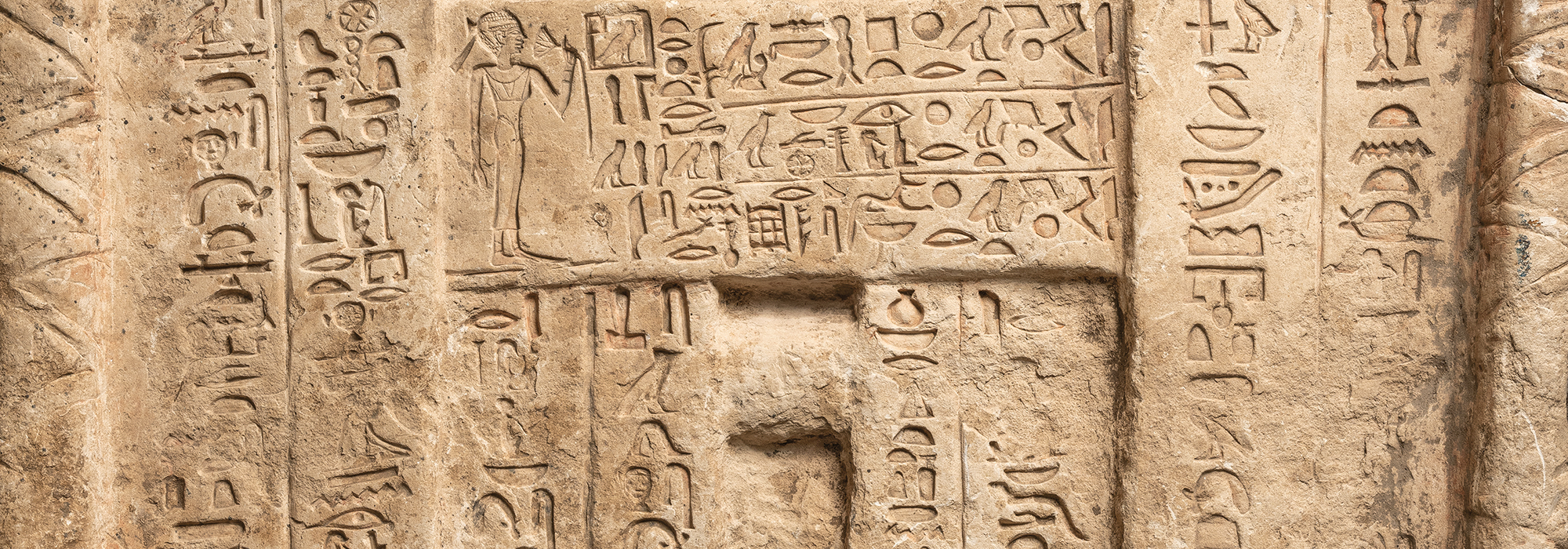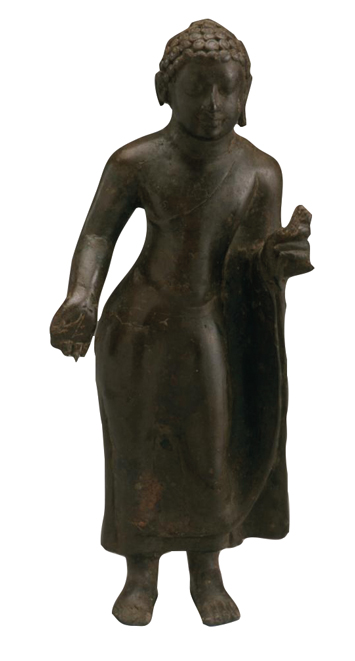
Malaysia’s Lembah Bujang, or Bujang Valley, is one of the earliest archaeologically documented crossroads for trade goods and religious ideas in Southeast Asia. The valley, which is located south of Mount Jerai in Kedah State near the coast of the Strait of Malacca, has been the subject of scholarly interest since the early nineteenth century. At that time, colonial officials with the East India Company uncovered evidence of a civilization bearing the influence of the Indian subcontinent, including traces of religious buildings and objects with motifs associated with Hinduism and Buddhism. Multiple excavations have since unearthed dozens of archaeological sites that suggest the region was home to a port and trade center where merchants from around Southeast Asia and beyond, including what is now the Arabian Peninsula, India, the Malay Archipelago, and China engaged in commerce and cultural exchange. Archaeologist John Miksic of the National University of Singapore says that, beginning in the seventh century A.D., the region may have become part of Srivijaya, a powerful empire based on the island of Sumatra to the south that wielded extensive influence over thousands of miles of coastline straddling the Strait of Malacca. “Most people assume that Srivijaya became the Bujang Valley’s overlord,” says Miksic. “But some others think Bujang entered into a trading alliance with them, something akin to the Hanseatic League of ports in the medieval period.” The Bujang Valley, Miksic says, was probably a Buddhist kingdom until around 1025, when the Hindu Chola Empire of south India conquered the region, as well as other ports on the Strait of Malacca.
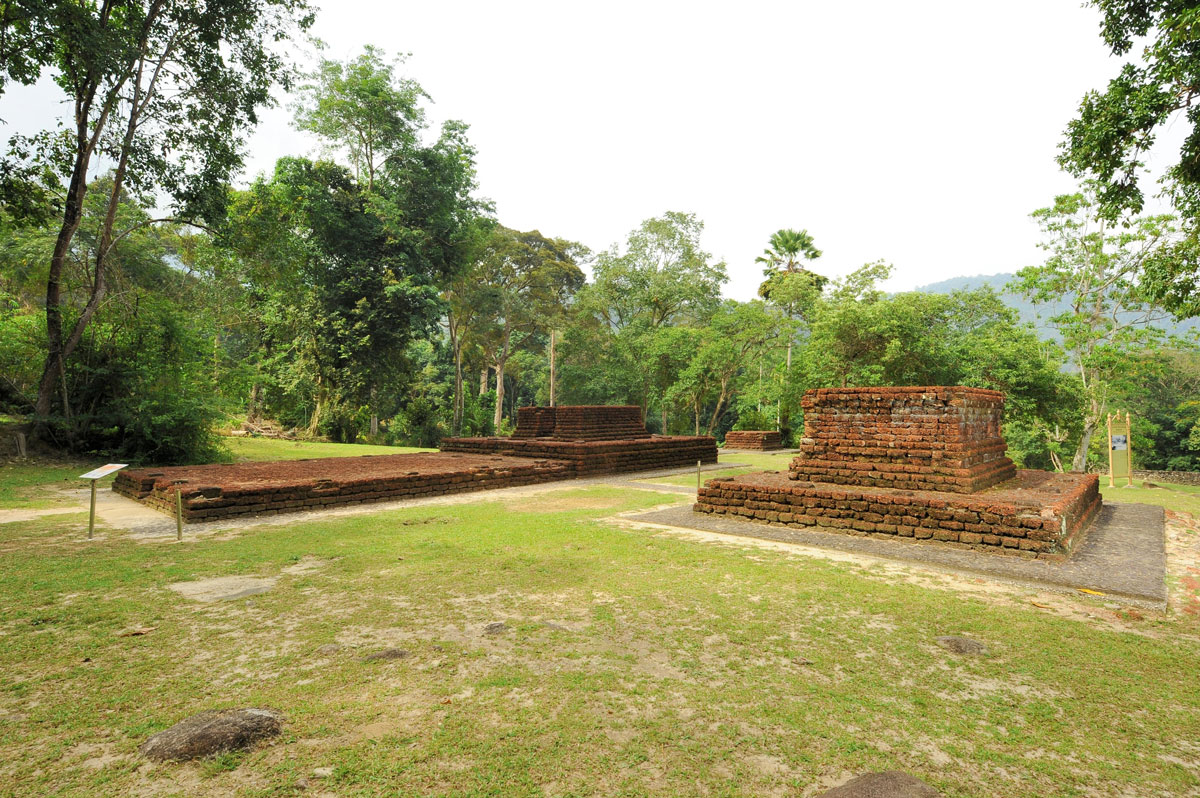
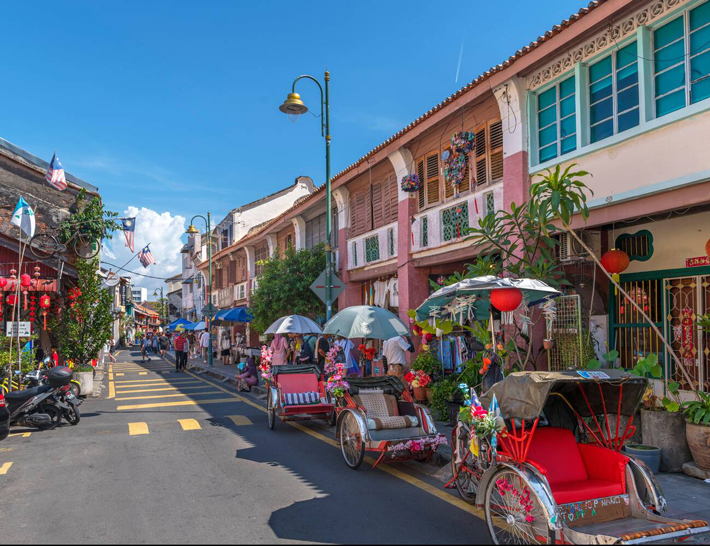
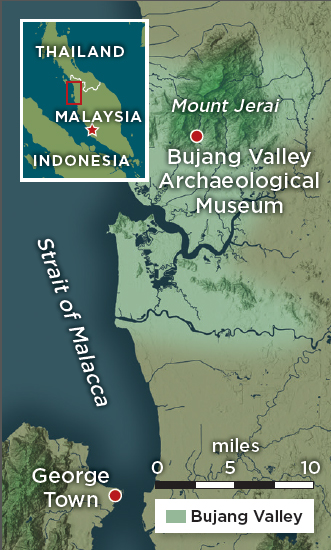
THE SITE
More than 30 temple ruin sites dot the roughly 90-square-mile Bujang Valley, clustered mainly along its waterways. Along the Batu River, archaeologists have discovered remnants of a possible jetty dating to as early as the second century A.D., as well as evidence of iron smelting operations. The Bujang Valley Archaeological Museum in the town of Merbok exhibits artifacts uncovered at sites around the Bujang Valley and offers guided tours of temples. The museum was constructed next to Site 8, also known as Candi Bukit Batu Pahat, a granite temple that was first excavated in the 1930s by English archaeologists H.G. and Dorothy Quaritch Wales. At the temple, which is believed to have been Hindu, the archaeologists discovered two nine-chambered stone reliquaries, as well as gold foil pressed with the image of Nandi, a bull figure associated with the god Shiva. Along the Bujang River, Dorothy Quaritch Wales excavated a Buddhist temple and a bronze Buddha statuette that likely date to the seventh century A.D.
WHILE YOU’RE THERE
The island of Penang, which lies off the west coast of the Malay Peninsula, and its capital city, George Town, continue the Bujang Valley’s tradition of multiculturalism. Take a tour of the center of George Town, which is filled with preserved colonial architecture, then hit the Chulia Street Night Market to sample cuisine from the city’s thriving Malay, Indian, Thai, and Chinese populations.



